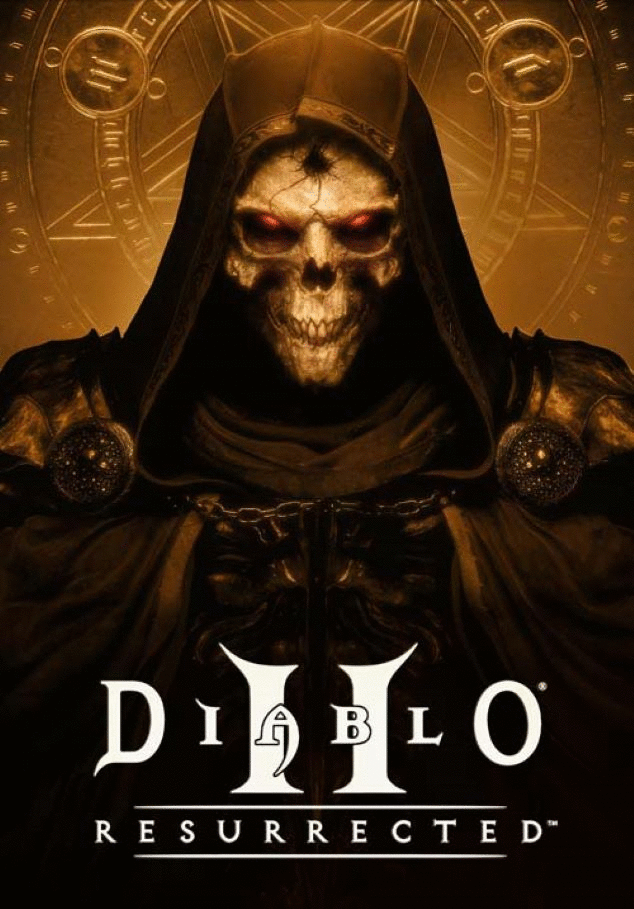-

10348 -

685 -

2003 -

2241
17193 plików
653,49 GB
 Foldery
Foldery Ostatnio pobierane pliki
Ostatnio pobierane pliki
The Art of Germany, the programme will take an in-depth look at the 500-year cultural history of Germany's art scene, which rivalled Italy's Renaissance for its creativity.
Split over three 60-minute episodes, presenter Andrew Graham-Dixon will explore the various themes of Germanic art, including landscape, folk lore and national identity. The programme will also look at the work of famed German artists, such as Durer, Holbein, Caspar David Friedrich, Otto Dix, Joseph Beuys and Gerhard Richter.
The programme follows previous specials on BBC celebrating the art of Italy, Spain and Russia. "The Art of Germany is a vital addition to BBC Four's The Art Of strand, helping to bring the worlds less familiar artistic and cultural traditions to a wider audience," said Graham-Dixon.
"Following two World Wars, there is a tendency to deny German culture the equal reverence of Italy or France, and this enlightening new series provides a wonderful opportunity to explore a great, yet often neglected, artistic tradition whose influence has been just as profound."
Episode 1. A Divided Land
Andrew Graham-Dixon begins his exploration of German art by looking at the rich and often neglected art of the German middle ages and Renaissance.
He visits the towering cathedral of Cologne, a place which encapsulates the varied and often contradictory character of German art. In Munch he gets to grips with the earliest paintings of the Northern Renaissance, the woodcuts of Albrecht Durer and the cosmic visions of the painter Albrecht Altdorfer. Andrew also embarks on a tour of the Bavarian countryside, discovering some of the little-known treasures of German limewood sculpture.
Episode 2. Dream and Machine
Andrew Graham-Dixon continues his exploration of German art by looking at the tumultuous 19th century and early 20th century, and how artists were at the forefront of Germany's drive to become a single nation.
Andrew travels to the north and the coastal town of Griefswald, the birthplace of Caspar David Friedrich, the most influential of the German Romantics, to discover how the Baltic coast impacted on his mysterious paintings of the German landscape. He also visits Berlin and explores the art of the powerful Prussian state, which would spearhead the unification of Germany in 1871.
The episode ends with the outbreak of the World War I and the attempts of artists Franz Marc and Otto Dix to rationalise the catastrophic experiences of the world's first technological war, a war driven by the innovations of Prussia.
Episode 3. In the Shadow of Hitler
Andrew Graham-Dixon concludes his exploration of German art by investigating the dark and difficult times of the 20th century.
Dominating the landscape is the figure of Adolf Hitler - failed artist, would-be architect and obsessed with the aesthetics of his 1,000-year Reich. In a series of extraordinary building projects and exhibitions, Hitler waged a propaganda war against every kind of modern art as a prelude to unleashing total war on the whole of Europe.
After the war the shadow of the Third Reich persisted, Germany remained divided and traumatised. How would artists deal with a past that everybody wanted to forget? From the work of Otto Dix and George Grosz and the age of the Bauhaus to the post-war painters Georg Baselitz, Hilla Becher and the conceptual artist Joseph Beuys is a long strange journey, but the signs are there that art has a place at the heart of the new reunited Germany
- sortuj według:
-

0 -

0 -

3 -

0
3 plików
2,19 GB
 Chomikowe rozmowy
Chomikowe rozmowy
 Zaprzyjaźnione i polecane chomiki (370)
Zaprzyjaźnione i polecane chomiki (370)























 Pokaż wszystkie
Pokaż wszystkie Pokaż ostatnie
Pokaż ostatnie
















 Serdecznie Zapraszam
Serdecznie Zapraszam





